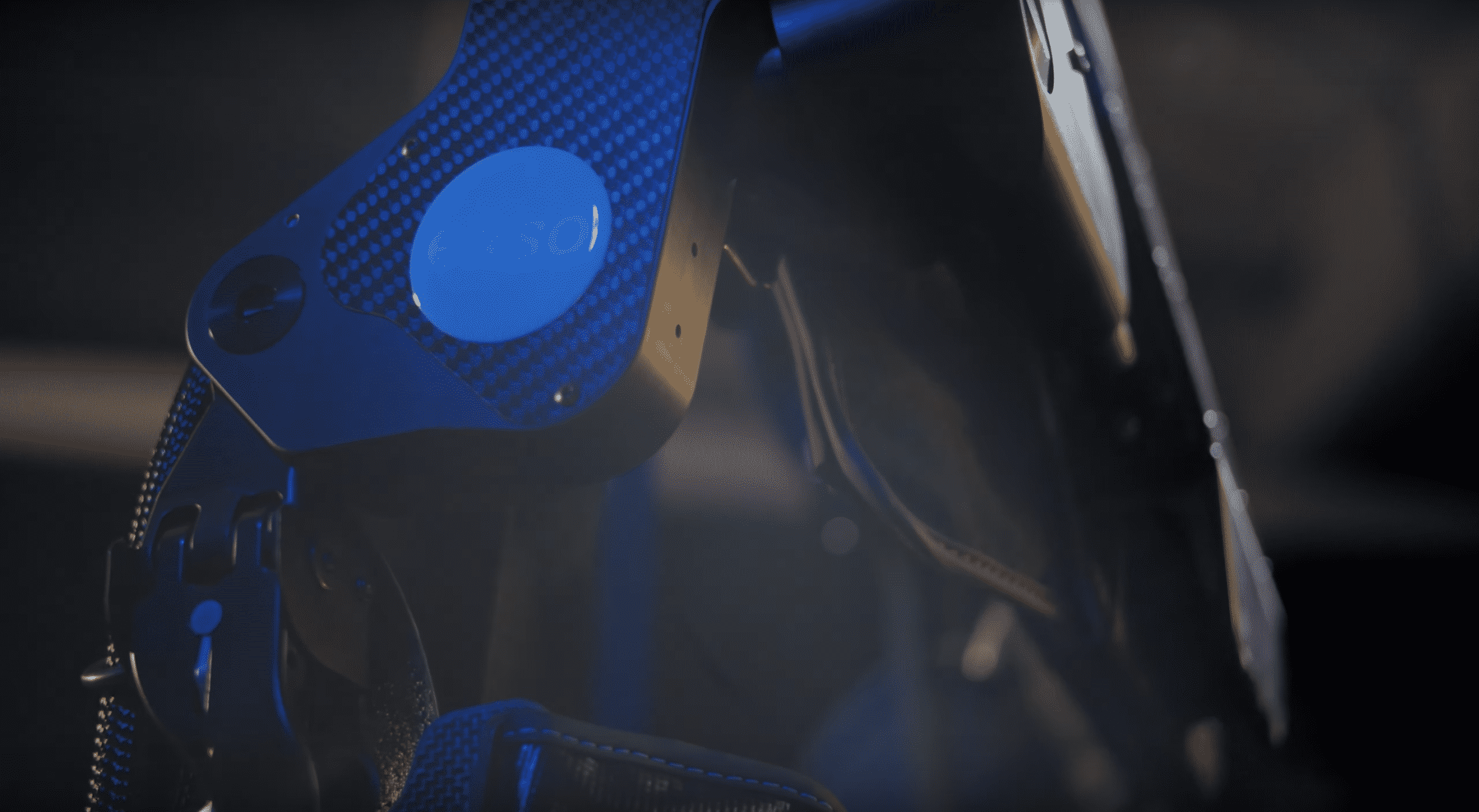Exoskeletons are a form of wearable technology that are equipped with motorized joints that provide support with posture, weight distribution, and can even provide lift support to cut down on strains and other bodily injuries. Sometimes called exosuits, this robotic technology has seen widespread use in a variety of categories in the U.S. Ekso Bionics, the world leader in these wearables, first started creating products with HULC. This was developed for military purposes and was a backpack of sorts that allowed soldiers to carry larger loads over longer distances. Today, their exoskeleton products are used in many fields, including physical therapy and other health applications, but they’re most commonly being used in the construction industry and manufacturing for their industrial applications.
The main reasons why construction workers use exoskeletons are to prevent fatigue, boost productivity that would otherwise be lost to fatigue, and prevent injuries from repetitive strain or overexertion. Believers in industrial exoskeletons are calling them the future of construction, and it isn’t hard to see why. Here are a few examples of the types of exoskeletons being used on construction sites and manufacturing floors and how they help industrial workers.
EksoVest
This was Ekso’s debut product for industrial workers, boasting the tagline “power without pain.” While exoskeleton suits have long been part of the pop culture zeitgeist thanks to their popularity in science fiction, this was one of the first products to turn them into reality in the minds of users. This robotic system model was initially used by industry leaders like Ford on manufacturing floors.
This early incarnation was an upper-body industrial exoskeleton meant primarily to support the wearer’s arms and shoulders. Its lightweight design meant that it could be worn comfortably, and it had no electronic elements, so there was never any need to charge a battery. The back of the device had a metal spine that connected to head support, and it would wrap around the chest. Spring-loaded arm supports extended from the spine and would help with repetitive tasks and overhead work reaching full shoulder height. Ekso’s overall goal is less about boosting the strength of workers and more about preventing injuries. Exoskeleton technology also includes bionic legs, made by several different companies, but these typically have electronic components. Naturally, Ekso’s tools for construction workers and contractors on manufacturing plants have continued to improve over the years.
Power Gloves
Arm and shoulder supports are just a couple of the goals for construction exoskeletons. There are many different kinds of wearable robots that can provide support to the entire body or specific parts. A power glove is just one example. These gloves are soft exoskeletons designed specifically for the hand. They won’t give workers the impossible grip strength of the Hulk, but they do support workers during grip-intensive and repetitive tasks, helping to improve worker safety and save more energy by the end of the workday.
Workers can use the backpack to adjust the grip and force applied to each finger as the glove mimics natural human movement to improve strength and dexterity. As an extremely lightweight and portable wearable system, construction workers and architects in the building industry can use the gloves in practically any environment to improve occupational safety.
EksoZeroG
This is a robotic arm that’s primarily designed to hold heavy tools and assist with jobs on aerial platforms and scaffolding. The device can be mounted virtually anywhere in under a minute and is able to use spring loading to transfer the weight of heavy tools to its base and then to the ground. This allows for much easier work from repairs to demolition jobs and helps workers avoid strain and injury from lifting heavy objects. As the name implies, the arm also improves efficiency by allowing workers to move these heavy objects as though they were weightless.
ZeroG also helps workers avoid wasting time looking for tools, and the arm will stay in the exact position where it was left. It’s compatible with tools weighing up to 42 pounds, and it helps eliminate small tasks such as balancing tools or working to precisely bring them closer to a work surface. It also helps to prevent the tangling of large power tool cords, and its ease of use can even help with worker retention.
Ekso EVO
While the Ekso Vest was undeniably a success, EVO includes the next stage of improvements made based on user feedback. The vest continues to use spring-loaded technology to assist with construction work, and it utilizes counterweights to take the stress off a specific part of the body at critical times. The shoulder connections have also been improved to have as few contact points as possible and to allow for the widest range of motion compared to any similar device on the market. Applications can even go beyond construction work and into avenues like food processing, logistics, and solar panel installation.
Contact Ekso Bionics
There’s no doubt that technological advancements will continue to make exoskeleton suits even more impressive and integral to industrial work. There’s no need or reason to wait for a hypothetical sci-fi future, though. You and your workers can start taking advantage of great wearable exoskeleton models today. To learn more about the newest exosuit technology and how they can help your application, reach out to the Ekso Bionics team today.
